Barack Obama and Donald Trump rarely agree. But in regard to the Middle East, they have had one point of clear accord: Basically, they want out. To be sure, that means different things to the two men, and perhaps yet something else to Joe Biden. Yet the basic notion that the region is strategic quicksand, to be avoided as much as possible, is a view they all share. So do most other Americans. So do we. American foreign policy in the region is too militarized. And the 60,000 U.S. troops typically there at any one time are too many, when measured against the missions they can realistically accomplish. While much less than the 100,000+ troops we typically based in the region in the early years of this century, they are many times the number we ever based in the region prior to 1990.
However, there are right ways and wrong ways to get out of the Middle East. Often, frustration with the region translates into slogans like “end forever wars” or, as Trump recently tweeted about Afghanistan, “get the troops home by Christmas.” These kinds of comments start with an understandable emotion and diagnosis of the overall situation, but point in a damaging direction.
There are right ways and wrong ways to get out of the Middle East.
The United States can indeed choose to bring back our forces from forever wars anytime we want — but doing so will hardly end them, or the threats they pose to Western interests. Literally bringing all GIs home from Afghanistan by late December would require the United States to destroy many supplies in place, abandon Afghan partners to extremism and a worsening civil war, risk flying helicopters off the roof of our embassy to rescue diplomats at some future date, and create new opportunities for al-Qaida or ISIS to find sanctuaries at a time when they have lost them in other parts of the region. Rather than taking the pressure off the terrorists, we should want to keep it on.
While we too are weary of the forever wars, we believe that the basic missions behind America’s broader Middle East deployments — conducting counterterrorism and enhancing regional stability— are still valid. The question we address is how they can be resourced correctly. We need to make deployments as economical and efficient as possible, without cutting into crucial military muscle or signaling friends and foes alike that we are somehow inattentive to the region.
Thus, rather than pretend we can end forever wars by American decree, a smart approach would be to continue to downsize our own role in them. Any such effort should begin by taking inventory of what we have in the broader Central Command theater now. Think in terms of two concentric circles, centered on the Persian Gulf. The innermost circle includes most of the American forces in the region: 7,000 to 15,000 troops each in Qatar, Bahrain, and Kuwait, plus 3,000 to 5,000 apiece in the United Arab Emirates, Saudi Arabia, and Iraq. Then in a second circle are several hundred to several thousand GIs in each of the following places: Afghanistan, Jordan, Syria, Egypt, Turkey, and Djibouti in the Horn of Africa; plus the waterways of the northern Arabian Sea, where the United States normally deploys either an aircraft carrier battle group (featuring 75 jets) or an amphibious ready group (featuring 2,000 Marines and air support).
There is actually much to like about this portfolio of assets. Nowhere are American soldiers fighting big ground wars in the region. In no country is the U.S. commitment in excess of 15,000 uniformed personnel. And our political dependency on any specific government or regime is limited by the diversification of the overall footprint. All these things are good.
However, there is plenty of room for rethinking and streamlining things — less in regard to Afghanistan and Iraq, or Syria, where Trump has already been scaling things back, than in other places. First, it is time to again withdraw any kind of operational military units from Saudi Arabia. The United States had pulled out of Saudi bases back in 2003, but returned last year when Iran and its proxies attacked Saudi oil facilities. With that situation at least momentarily calmer, and with a possible new administration in Washington likely to engage Iran more in diplomacy — and with our Saudi “allies” still brutally and fruitlessly intervening in Yemen’s civil war — it is time to put some distance in the U.S. relationship with the kingdom.
Then there are the places where efficiencies are in order. The most obvious places to look, as Willie Hutton might have advised, is where the big numbers and big bucks are to be found. Specifically, the large U.S. presence in Kuwait is largely a vestige of our previous efforts to support massive U.S. military deployments in Iraq. But those days are long gone. While keeping access to an airfield and a port makes sense, the current posture merits a major rethink; it can probably be halved. Similarly, while it is convenient to have our Fifth Fleet Headquarters in Bahrain, the presence appears to have grown substantially over the years in terms of numbers of people (but not of ships; with the exception of a couple minesweepers, the Fifth Fleet does not “own” any vessels of its own, and U.S. Navy presence in the region originates with ships homeported in the United States). Substantial pruning is overdue.
With these three changes, the current U.S. posture in the broader Middle East of some 60,000 uniformed personnel can be cut by more than 10,000. At least as importantly, the United States will have sent a message that it intends to reconceptualize, and partly demilitarize, its overall national security strategy for a part of the world that while still important, should no longer be the epicenter of American foreign policy.
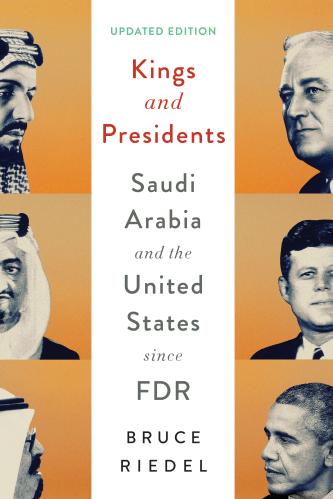
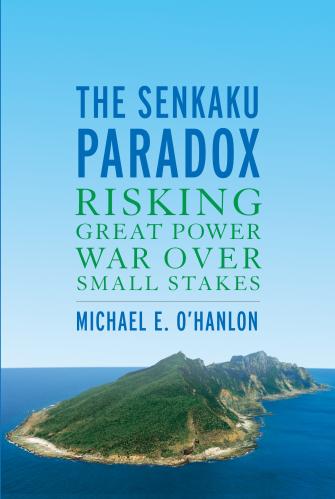

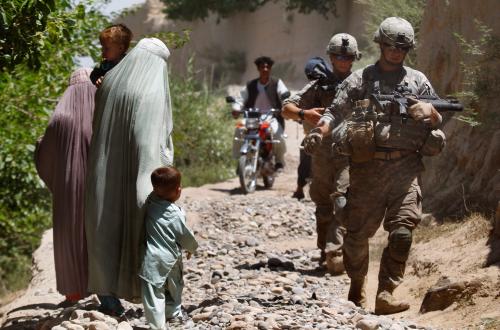
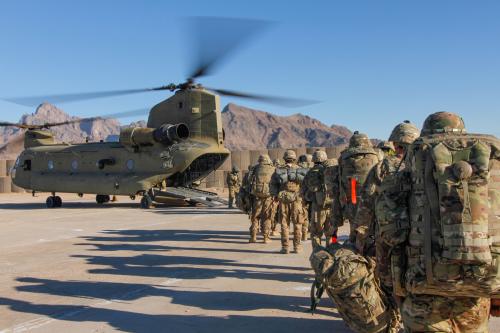
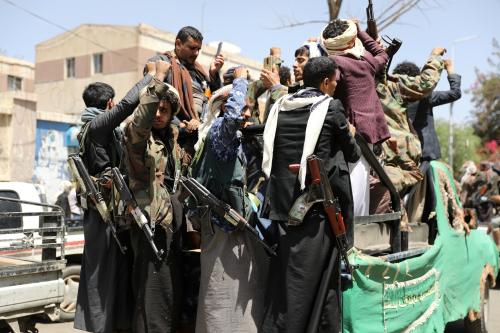




Commentary
How to downsize the US presence in the Middle East
October 20, 2020